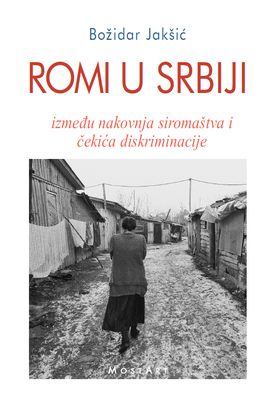
We kindly inform you that, as long as the subject affiliation of our 300.000+ articles is in progress, you might get unsufficient or no results on your third level or second level search. In this case, please broaden your search criteria.

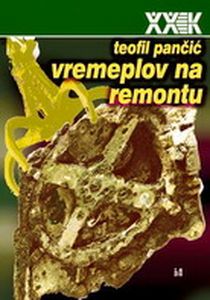
Teofil Pančić was born in Skopje in 1965. He writes columns, essays, commentaries, and literary reviews for the weekly magazine Vreme, as well as for other media in Serbia and surrounding areas. Before publishing the present work, The 20th Century Library had published the first three volumes of his series of books with the common title Life and Death in Serbian Post-communism (Život i smrt u srpskom postkomunizmu): The Urban Bushmen (Urbani bušmani, 2001), The Keepers of Bengal Fireworks (Čuvari bengalske vatre, 2004), Navigating Through Canyons (Kroz klisurine, 2007), as well a volume of his columns, entitled Karma Coma (Karma koma, 2007). The texts in the present volume cover the period from 2006 to 2009.
More...
The monograph is situated within the scope of the Conzenian urban morphology and concerns the transformation of urban space in terms of morphology, in conjunction withchanges within its functional structure. The considerations are based on the example of Katowice—a city of a short but turbulent history, the space of which was influenced by numerous variable and diverse factors, and which has been recently transforming into a modern city—post-industrial and post-socialist. The main objective of the study is to demonstrate the evolution of the urban space of Katowice, and in particular, to answer the questions: how has the today’s morphological character of Katowice been formed, and in which direction will it be transforming? To accomplish the objective, a multi-step morphological analysis of the space of the city has been carried out, in accordance with the guidelines of Conzen’s methods with the employment of GIS tools. Firstly, the reconstruction of the formation of the space of Katowice, which was indispensable for further research, was undertaken. Genetic factors conditioning the course of the evolution of the city, as well as the stages of its morphological and spatial development were determined, and settlement units located within its boundaries were identified and arranged stratigraphically. 70 historical settlements were identified—diverse in terms of the time of their formation, their origin and incorporation in the borders of Katowice. Subsequently, the morphological structure of Katowice was characterised. The city was described in terms of its morphogenesis, physiognomy and layout. These three elements were employed as criteria to determine 48 classes of structural units of the study area and 178 units representing 19 of these classes. These units are arranged in a mosaic and non-uniformly fill the space of individual districts. Therefore, Katowice has a highly complex morphological structure.In the following stage of the work, the evolution of the urban space of Katowice, which has been occurring through the morphological and functional transformation, was examined. These transformations were analysed both in time and in space, with attention focused on their causes, directions and intensity. As a result, the phenomenon of morphological and functional succession was observed in the space of Katowice. Further research led to identification of the stages and types of this phenomenon. The morphological and functional evolution of Katowice, over its entire area, was characterised by isomorphism. The most important reason for the occurrence of the evolution was industrialisation, while the other reasons were complementary or secondary, or referred only to a small part of the city. The main directions of the transformations consisted in locating and developing industrial plants, and spreading of the residential area. Currently, emphasis on the elimination of the industrial plants and the development of services has been placed, however many new residential projects have been carried out.The morphological and functional transformations in the urban space have been resulting in replacing the existing morphological forms with new ones, and in changes of the functions performed by this space. Taking into consideration the number of transformations of the space in Katowice, three types of morphological and functional succession were distinguished, and subsequently these types were divided in view of the direction of the transformations into subtypes (32). The surface of the areas that corresponds to the individual types is inversely proportional to the complexity of the transformations characteristic of these types—the areas in which the succession has not yet been revealed are predominant, whereas the smallest surface is occupied by the areas that have undergone a three-phase succession. In addition, it may be observed that the succession took place predominantly in the areas in the northern part of the city, in the latitudinal belt.In the last part of the monograph, the trends in the transformations emerging currently in the morphology of Katowice (after 1989) were focused on. They are the result of the interaction of two groups of factors—the consequences of the political transformation, and the activities and plans of municipal authorities and social initiatives. The greatest impact has been exerted by the revitalization of both degraded post-industrial areas and urban areas, however the intensity and direction of the transformations of these two types of areas are different. The revitalisation projects additionally vary in terms of the impact on the morphology and function of the space. The most intensive changes occur in the central part of Katowice and are related to the aspirations towards transforming the centre of Katowice into a modern service and culture centre, the origin of the metropolis of Upper Silesia. These transformations are accompanied by the development of other parts of the city, oriented towards increasing its importance as a regional and national centre.
More...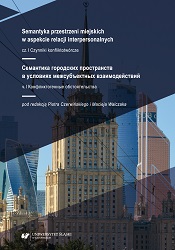
In the present monograph, the authors attempt to reconstruct not so much the image of a city itself in the mind of its contemporary inhabitants, but rather on the basis of the analysis of linguistic data regarding some typical urban objects, and typical for them situations, they try to indirectly reconstruct the image of urban space in the mind of contemporary Polish or/and Russian language speakers by means of describing the ideas concerning selected typically urban spatial objects (e.g. parks, megastores, a housing estate, a block of flats). The point of departure has been the compilation of language data and on its basis, the specification of the so-called category of the sensitive. The authors introduce this term to denote some inner, mental, psychological experiences and states that the inhabitants of a city, who are simultaneously the speakers of the languages under inspection, feel (sometimes unconsciously), when they speak or think about these objects (referred to as loci in the book). This, in turn, is reflected in how the inhabitants talk about these objects and typical/atypical situations connected with them. Due to a kind of interdisciplinarity and multidimensionality of the problems in question, encompassing not merely linguistic issues, the monograph may be of interest to the representatives of various academic disciplines – sociologists, anthropologists, psychologists, and philosophers.
More...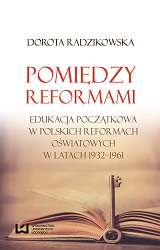
W pracy zawarta została analiza reform programowo-strukturalnych wprowadzanych w Polsce na pierwszym szczeblu kształcenia w szkole podstawowej w latach 1932-1961. Wśród kryteriów analizowania kolejnych reform znalazły się: źródła, uwarunkowania i ogólne założenia reformy, miejsce edukacji początkowej w strukturze systemu oświatowego, cele i zadania tej edukacji w świetle założeń reformy, a także treści i programy nauczania dopuszczone do użytku na szczeblu edukacji początkowej wraz z metodami nauczania, formami organizacyjnymi pracy oraz środkami dydaktycznymi zalecanymi przez autorów programów i opracowań metodycznych. Zakres chronologiczny pracy zamyka się w latach 1932-1961, jednak dla określenia kontekstu i pełniejszego zobrazowania opisywanych reform oraz wskazania na ewolucyjny charakter zmian konieczne były odwołania do przeszłości, pokazujące zasadnicze tendencje, które poprzedzały pierwszą charakteryzowaną w pracy reformę.
More...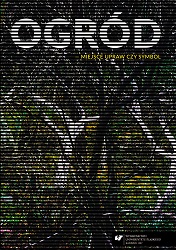
In this book, the notion of the “garden” reveals its numerous aspects – being a system, a symbol, a metaphor, a means of artistic expression, a literary form, an object of scientific research – and is subject to multidimensional scrutiny. The body of the publication is divided into two distinct parts. The former one presents three pivotal topics functioning as a frame for the reflections and detailed descriptions to be found in the latter one. Both parts, in turn, serve as the intellectual “background,” which aims at entering a dialogue with an abundance of meanings carried within images in the collection of photographs placed after the theoretical discourse. As the editors claim, the text and the images together create a net of “permutations,” which should encourage the receiver to co-create aesthetic-intellectual “objects” actively.
More...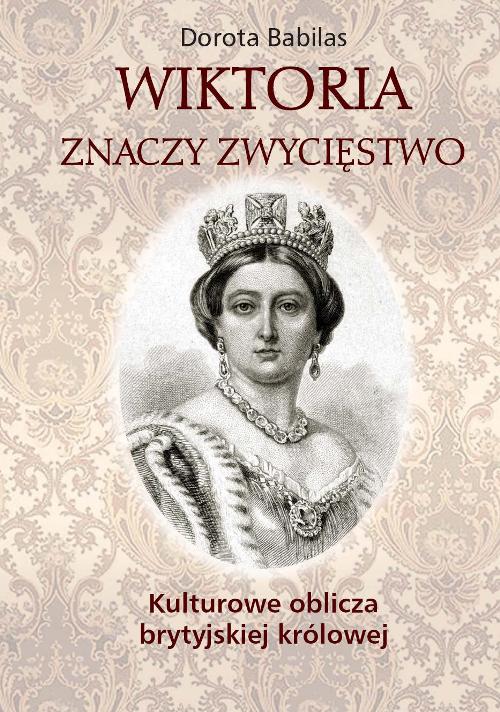
The book presents the continuing cultural significance of Queen Victoria (reign 1837-1901). Reinterpretations of the Queen’s biography serve as a starting point for the modern re-evaluation of the institution of monarchy, British imperialism and Victorian morality. Victoria becomes a fictionalised character, used by her admirers and critics alike to illustrate the virtues and vices of the 19th century.
More...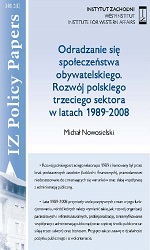
Lata 1989-2008 przyniosły wiele pozytywnych zmian w funkcjonowaniu polskiego trzeciego sektora, m.in.: rozwój organizacji parasolowych i infrastrukturalnych, profesjonalizację, zintensyfikowanie współpracy z administracją publiczną oraz biznesem. Mimo pozytywnych zmian przed polskim trzecim sektorem stoją nadal istotne wyzwania: pobudzenie aktywności społecznej, poszukiwanie nowych źródeł finansowania oraz dalsze zwiększanie wpływu organizacji pozarządowych na decyzje administracji publicznej.
More...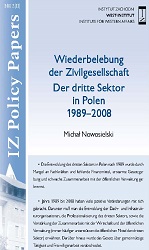
Die Entwicklung des dritten Sektors in Polen nach 1989 wurde durch Mangel an Fachkräften und fehlende Finanzmittel, erstarrte Gesetzgebung und schwache Zusammenarbeit mit der öffentlichen Verwaltung gebremst. Jahre 1989 bis 2008 haben viele positive Veränderungen mit sich gebracht. Darunter muß man die Entwicklung der Dach- und Infrastrukturorganisationen, die Professionalisierung des dritten Sektors, sowie die Verstärkung der Zusammenarbeit mit der Wirtschaft und der öffentlichen Verwaltung (immer häufiger unterstützen die öffentlichen Mittel den dritten Sektor) erwähnen. Darüber hinaus wurde das Gesetz über gemeinnützige Tätigkeit und Freiwilligenarbeit verabschiedet. Trotz der positiven Veränderungen steht der dritte Sektor in Polen nach wie vor vor großen Herausforderungen, nähmlich Wiederbelebung des gesellschaftlichen Geistes, Suche nach neuen Finanzierungsquellen sowie die Verstärkung des Einflußes der Nichtregierungsorganisationen auf die Entscheidungen der öffentlichen Verwaltung.
More...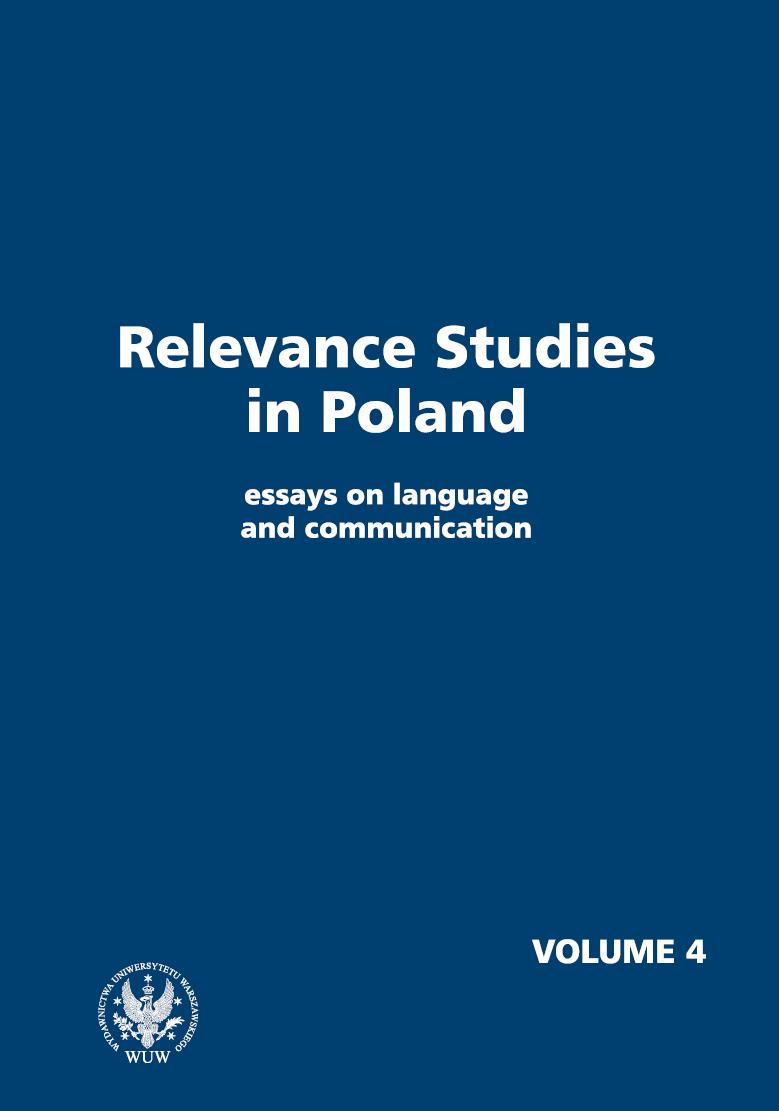
The chapters included in this book adopt a relevance-theoretic perspective to discuss various topics falling within the domain of cognitive pragmatics. Some authors address important issues at the heart of Relevance Theory itself, such as the core mechanisms of communication and cognition and their relationships to emotions and linguistic form, whereas others attempt to push the existing boundaries of the theory, taking its insights into more uncharted territory, such as human evolution, psychotherapy, the study of the blind, and even the Polish language.
More...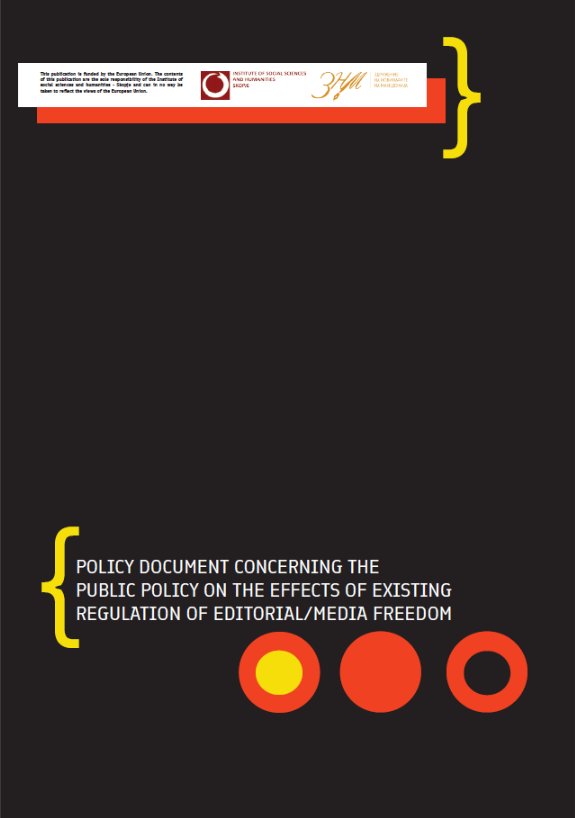
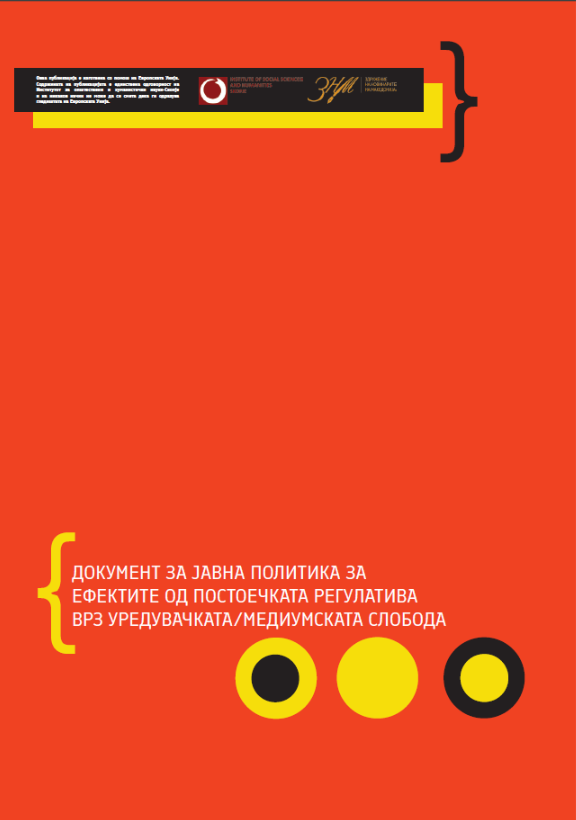
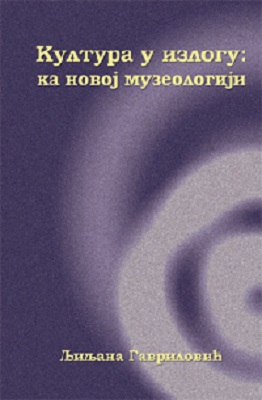
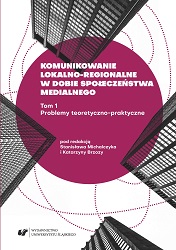
The subject of the studies presented in this publication are theoretical and practical aspects of local and regional communication. The sketches and studies opening this volume include theoretical findings in the area of local communication. Subsequent articles presenting the results of empirical research concern many elements of the process of local-regional communication, i.e. the content of the media coverage, the audience of local-regional media, local-regional journalism. An integral part of the collective work are the texts on foreign conditionings of local and regional communication presented on the example of Russia, Germany, Spain, Ukraine, Australia and Latvia. The book is clearly devoted to media studies. The publication is addressed to readers interested in local and regional communication in the theoretical and empirical dimension, i.e. the scientific community, students of journalism, but also practitioners, i.e. people professionally connected with the local and regional media market.
More...
This multi-author monograph looks at the 20th century from the perspective of its role in self-identification of individuals and/or communities as well as – in the latter case – of the place occupied by events of the 20th century in the structure of concepts that are key for the self-identification of Slavs. At the heart of each of the presented papers is the premise that the past, seen as a chain of events, is one of the factors determining identity and defining the system of national values which find their reflection in culture. Drawing on the tools of literary studies, semiotics, historiography and cultural studies, the authors undertake to put 20th century events on the map of contemporary European memory. They examine both the events that left a dreadful mark on contemporary history, causing a national (or global) trauma (like the February Revolution or outbreak of World War II) and those seen as positive (like the end of World War II, fall of the Berlin Wall or John Paul II’s pilgrimages) and evoking the feeling of pride. At the centre of attention are not only events defining the image of Europe in terms of political geography. Also clearly present is the mental perspective, which fosters recognizing the sources of national fascinations and national traumas, helps understand the mechanisms of myth-making, and points to the tools for reading myths that are constituted by, often seemingly hidden, references to the past.
More...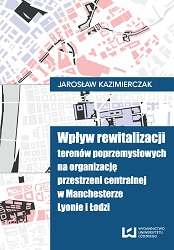
This paper presents integrated studies on the morphological and functional structures of contemporary European cities’ central space. The crux of the research problem is to answer the question: how does revitalization of inner-city post-industrial urban areas change the organization of central space in European cities?
More...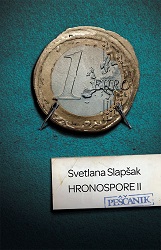
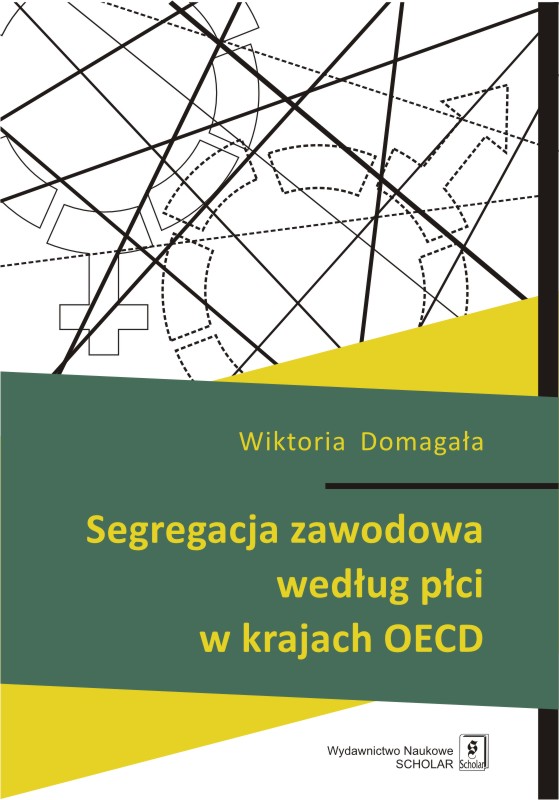
Do oryginalnych osiągnięć naukowych zaprezentowanych w monografii należy m.in. zaliczyć:skonstruowanie miernika segregacji zawodowej według płci;określenie zakresu występowania zjawiska poziomej i pionowej segregacji zawodowej według płci w krajach OECD;dokonanie kategoryzacji uwarunkowań segregacji zawodowej i budowa modelu teoretycznego uwarunkowań segregacji zawodowej według płci.z recenzji dr. hab. prof. US Wojciecha JareckiegoTemat pracy trafnie wybrany i ciekawy poznawczo. Przeprowadzone analizy teoretyczne i empiryczne posłużyły do sfomułowania rekomendacji dla polityki państwa dotyczącej wyrównywania szans kobiet oraz podejmowania takich działań, które służyć będą przeciwdziałaniu segregacji zawodowej według płci.z recenzji prof. dr hab. Walentyny KwiatkowskiejDr Wiktoria Domagała pracuje w Katedrze Makroekonomii i Badań nad Rozwojem Uniwersytetu Ekonomicznego w Poznaniu. Od 2016 roku realizuje projekt badawczy pt. „Nierówności płci w sferze zawodowej w krajach wysoko rozwiniętych”, finansowany przez Narodowe Centrum Nauki. Za pracę doktorską otrzymała nagrodę I stopnia w konkursie Instytutu Pracy i Spraw Socjalnych na najlepsze prace doktorskie w dziedzinie pracy i polityki społecznej.
More...
The monograph presents the place and importance of sport in public diplomacy, which is related to the category of sports diplomacy. The subject of the study in particular included issues of using sport to improve international relations, showing its role in shaping the international image of states and discussing the diplomatic subjectivity of international sport management organizations on the basis of the International Olympic Committee. An important factor of the analysis was to consider the entities with which sports diplomacy could be associated. The research has yielded results which made it possible to isolate models of sports diplomacy focused on building closeness between countries, assign the use of different methods of image-related sports diplomacy to different types of countries and propose a model explaining the diplomatic subjectivity of sports organizations.
More...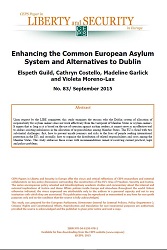
Upon request by the LIBE committee, this study examines the reasons why the Dublin system of allocation of responsibility for asylum seekers does not work effectively from the viewpoint of Member States or asylum-seekers. It argues that as long as it is based on the use of coercion against asylum seekers, it cannot serve as an effective tool to address existing imbalances in the allocation of responsibilities among Member States. The EU is faced with two substantial challenges: first, how to prevent unsafe journeys and risks to the lives of people seeking international protection in the EU; and secondly, how to organise the distribution of related responsibilities and costs among the Member States. This study addresses these issues with recommendations aimed at resolving current practical, legal and policy problems.
More...